When it comes to sanding your wood floors, most people think of using a belt sander or another type of electric sander. But have you ever considered using a drywall sander instead? A drywall sander is a great tool for sanding large surfaces such as walls and ceilings, but can it also be used on your wood floors?
In this article, we’ll answer the question “Can you use a drywall sander on wood floors?” We’ll also provide some tips and advice to ensure that your wood floor sanding project is successful. Let’s get started!
Can You Use A Drywall Sander on Wood?
The short answer is yes, you can use a drywall sander on wood floors. But before you do, there are a few things to consider.
First of all, drywall sanders are usually not as powerful as belt sanders or other electric sanders specifically designed for wood floor refinishing. As such, they won’t be able to sand down deeply embedded dirt, scratches, or imperfections in your wood floor.
Also, a drywall sander is not as easy to maneuver on a wood floor as an electric sander specifically designed for the job. Its larger size and weight can make it harder to control and may cause you to slip and damage your wood floor.
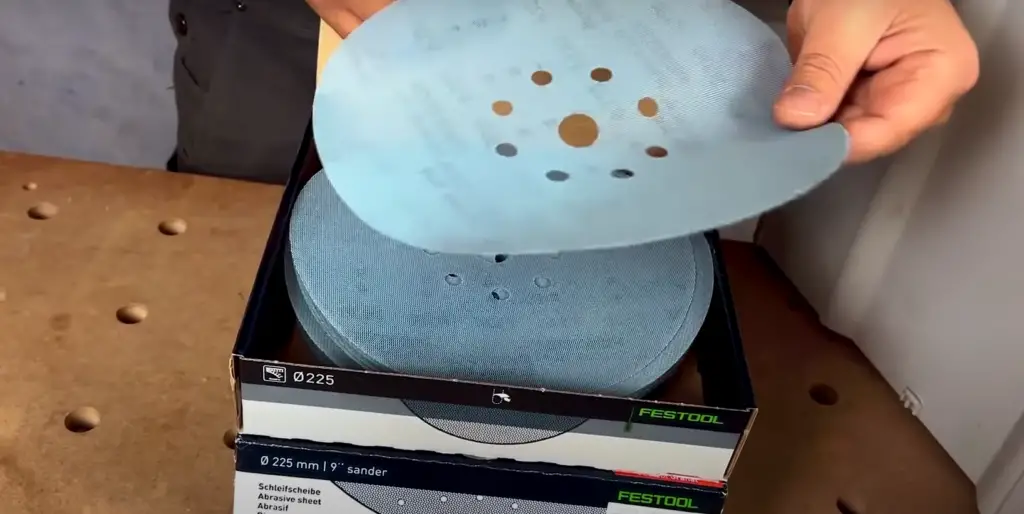
Finally, drywall sanders create a lot of dust, which can get trapped in the grooves of your wood floor. This can lead to an uneven finish or even discoloration on parts of your floor. To avoid this, make sure you use a vacuum cleaner with a good filter system after. [1]
What Different Sanders Can You Use?
Buffer Sanders
Buffers have a large sanding disc that is attached to an electric motor. The size and power of the buffer you need will depend on the size of your floor and how much material needs to be removed.
Using a buffer can help you get your floor looking its best. But the downside is that some types of buffers can be quite loud, making them difficult to use in close quarters or if you have hardwood floors. [3]
Square Vibrating Sanders
Square vibrating sanders are used mainly for removing large amounts of material quickly and efficiently. They have a square-shaped sanding pad that vibrates rapidly, so they can easily remove old finishes and deep scratches.
The downside is that square vibrating sanders can be quite loud, making them difficult to use in close quarters or if you have hardwood floors. They also require more care and skill than other types of sanders, so they may not be the best choice for beginners. [3]
Drum Sanders
Drum Sanders are used mainly for removing large amounts of material quickly and efficiently. They have a drum-shaped sanding belt that rotates rapidly, so they can easily remove old finishes and deep scratches.
The downside is that drum sanders can be quite loud, making them difficult to use in close quarters or if you have hardwood floors. They also require more care and skill than other types of sanders, so they may not be the best choice for beginners. [3]
Orbital Sanders
Orbital sanders are a great option for smaller wooden floor refinishing projects. These sanders have an oscillating pad that vibrates rapidly, making them ideal for sanding small areas.
The downside is that orbital sanders can be quite loud, making them difficult to use in close quarters or if you have hardwood floors. They also require more care and skill than other types of sanders, so they may not be the best choice for beginners. [3]
Edger Sander
An edger sander is used mainly for sanding the edges and corners of a wooden floor. These sanders typically feature a round pad, which makes them perfect for getting into tight spaces and removing dirt or old finishes from hard-to-reach areas.
The downside is that edger sanders can be quite loud, making them difficult to use in close quarters or if you have hardwood floors. They also require more care and skill than other types of sanders, so they may not be the best choice for beginners. [3]
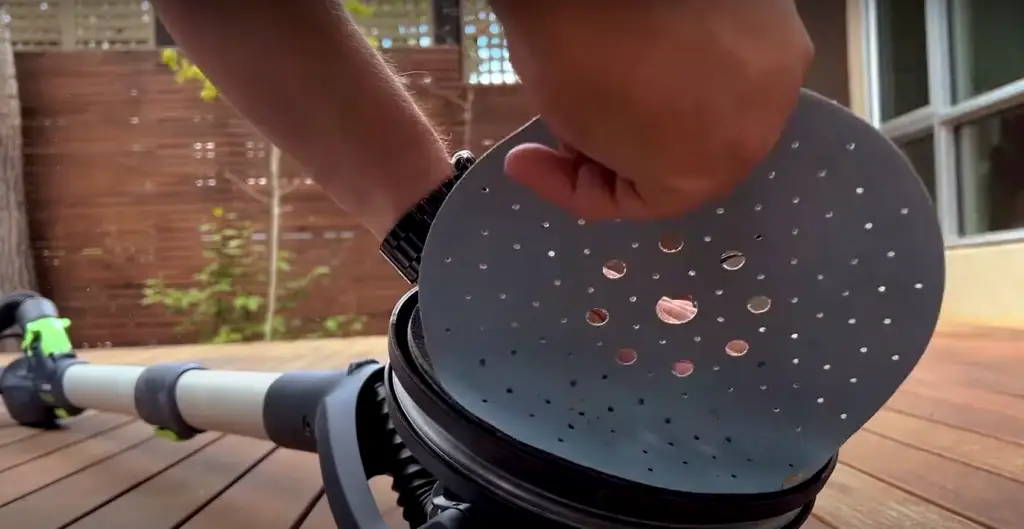
Vibrating Sander
A vibrating sander is a great choice for sanding wood floors. These sanders have an oscillating pad that vibrates rapidly, making them ideal for removing old finishes and deep scratches.
The downside is that vibrating sanders can be quite loud, making them difficult to use in close quarters or if you have hardwood floors. They also require more care and skill than other types of sanders, so they may not be the best choice for beginners. [3]
What Kind of Sander Should I Use on Hardwood Floors?
If you are looking for ways to sand your hardwood floors, the best option is to use a belt sander. Belt sanders are perfect for larger surfaces and give you greater control when performing the task. They also have built-in dust extraction systems which makes them much easier and less messy to work with.
However, if you are looking to lightly sand a small area, an orbital sander may be the better option for you. An orbital sander is much easier to control and gives you more precision when dealing with smaller areas. [2]
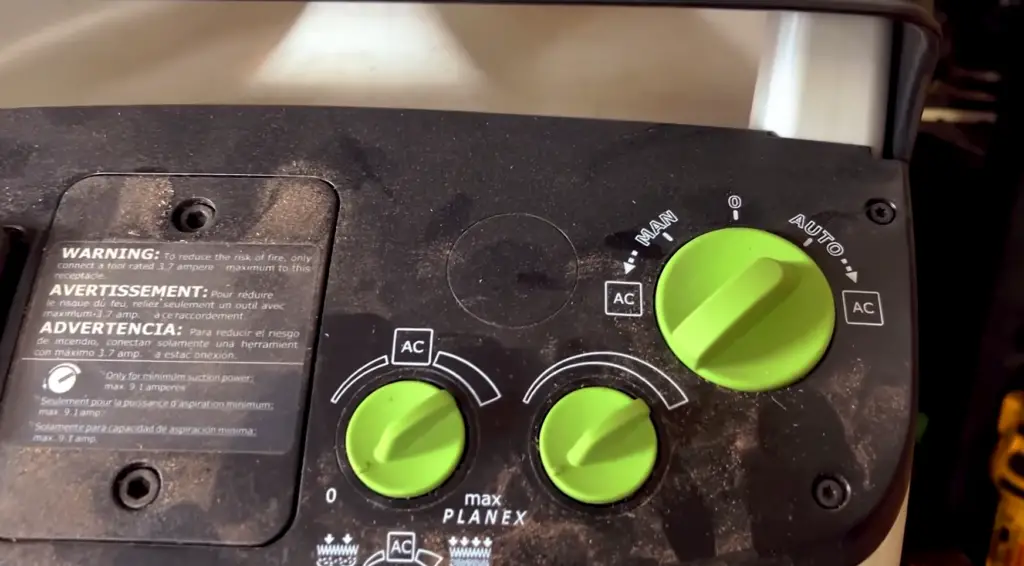
Differences Between Drywall Sanders and Floor Sanders
When it comes to sanding wood floors, there are two main types of sanders you should be aware of: drywall sanders and floor sanders. Each has its own unique set of features and advantages.
Drywall sanders are designed for drywall, meaning they have long handles that make them easy to maneuver and can be used on vertical surfaces. They also have a dust collection system, which helps to keep the workspace clear of sawdust. However, drywall sanders come with small sanding discs that require frequent changing when tackling large areas. Drywall sanders are not suitable for use on wood floors because their smaller sanding discs will cause deep scratches in the floor.
Floor sanders, on the other hand, are designed specifically for wood floors and can handle larger areas more quickly and efficiently than drywall sanders. They have a dust collection system that helps keep sawdust out of the air, as well as large sanding discs that provide a smoother finish. Floor sanders also require less frequent changing of sandpaper, making them ideal for larger projects.
Given these differences, it is important to note that drywall sanders should never be used on wood floors. If you need to sand a wood floor, make sure you use the right type of sander for the job. [2]
Proper Tools for Sanding Hardwood Floors
When it comes to sanding hardwood floors, you need to use specialized tools that are designed for the job. Many people mistakenly think that a drywall sander can be used on wood floors. Unfortunately, this isn’t true as drywall sanders are not meant for floor sanding and will damage your floors if used improperly.
The best tools to use for sanding hardwood floors are orbital or belt sanders. These specialized tools have a large surface area that can cover the entire floor quickly and evenly. They also come with dust collection bags, which help keep dust from getting all over your home while you’re working on the project. [2]
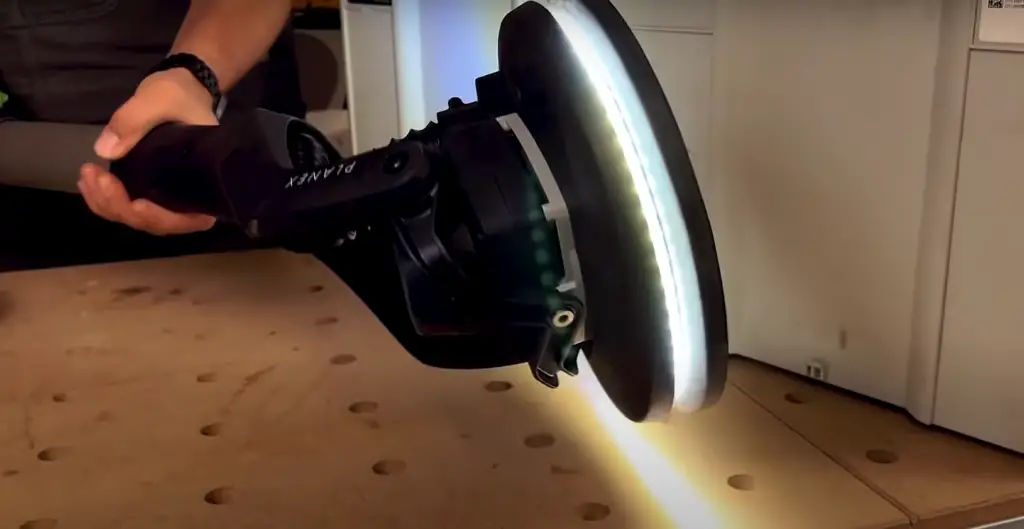
How Can You Use a Drywall Sander on Wood Floors
Prepare the Floor
The first step when using a drywall sander on wood floors is to prepare the floor for sanding. If you are dealing with an unfinished floor, make sure that all nails and screws have been removed from the subfloor. This can be done with a hammer and flathead screwdriver. Be sure to fill in any holes or gaps with wood filler or spackle.
Once the floor is prepared, sweep it with a broom and vacuum up any dust and debris before starting to sand. It’s also important to cover any nearby furniture or flooring materials that you don’t want to be affected by the sanding process. [4]
Set Up The Drywall Sander
Once you have the area prepped, it’s time to set up your drywall sander. Make sure you are wearing protective clothing and a dust mask for this process, as drywall sanders create a lot of dust. Attach the sandpaper with velcro strips and then adjust the speed of the sander according to the type of wood you are sanding.
Begin Sanding The Floor With The Drywall Sander
Start sanding the floor with the drywall sander using a back and forth motion. Hold it firmly but not too tightly; you want to be able to control the direction of each stroke. Apply light pressure as you sand, and make sure you work your way from one side of the room to the other.
Be aware that drywall sanders can create a lot of dust, so it’s important to keep the area ventilated. Make sure you are wearing protective clothing and using the correct filter mask for this process. [4]
Finish Up & Clean Up After Your Work Is Done
When you have finished sanding the floor, it’s important to vacuum up any remaining dust and debris. You may also want to apply a wood stain or sealer to the floor if desired.
Finally, make sure you have put away all of your tools and materials properly before leaving the area. This will ensure that you don’t have any accidents when using the drywall sander in the future.
Using a drywall sander on wood floors can be an effective method of sanding and refinishing wood floors. [4]
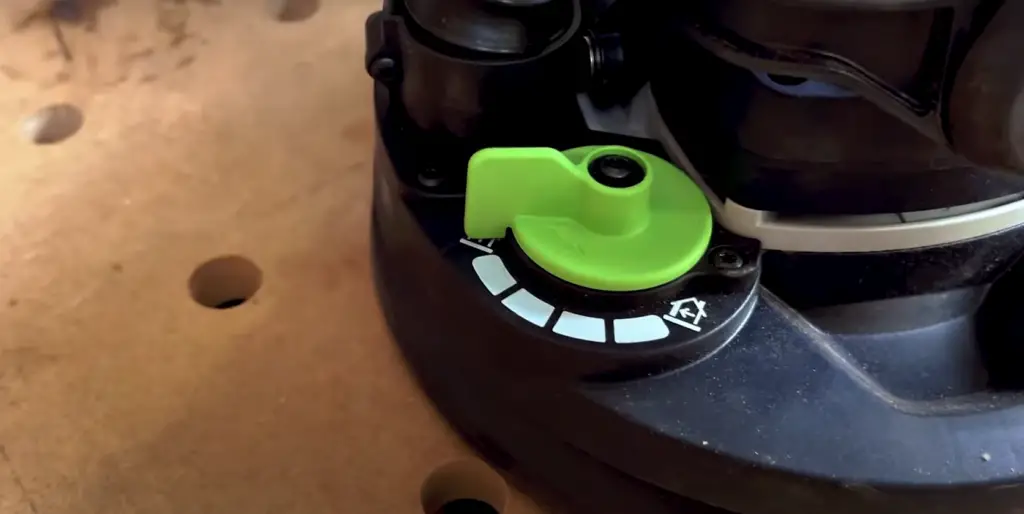
What Are Some Techniques For Sanding Wooden Floors?
When it comes to sanding wooden floors, there are several techniques you can use. Sanding wood floors can be done either by hand or machine and the method you choose will depend on your budget, amount of time available, and the type of results you’re aiming for.
By hand: For those with more time or a tighter budget, hand sanding is the way to go. This method requires you to use handheld sandpaper and sand the floors manually. It may take some time but it’s an effective technique for achieving a smooth finish on wood floors.
By machine: For those with more money and less time, machine sanding is the way to go. This technique uses a powerful sander, usually either belt or drum sanders, which are run over the surface of the floor, grinding and leveling it as you go. This method is especially useful for removing tough stains or restoring an old wood floor. [1]
Do Not Forget About Safety Precautions
Using a drywall sander on wood floors means you will be working with dust. Make sure to wear protective gear such as a face mask, goggles, and gloves to avoid inhaling the dust particles or getting any splinters from the sanding process. Additionally, use an extension cord or power strip with surge protection so that your electrical safety is not compromised.
When working with a drywall sander, it is important to be aware of the time and effort needed for sanding and refinishing the wood floor properly. Sanding a hardwood floor can be extremely tedious, so make sure you have adequate time and energy to complete the job before starting.
Finally, if you are uncertain about using a drywall sander on your wood floors, it is best to consult a professional floor specialist. They can provide advice and guidance as to whether or not it is safe and effective for your specific project. [1]
Can You Use a Small Drywall Sander on Hardwood Floors?
Although it is possible to use a small drywall sander on hardwood floors, it is not recommended. Drywall sanders are designed for drywall and plaster surfaces with coarse texturing, but they can scratch wood floors and create dust particles that can damage the finish of your floor. [1]
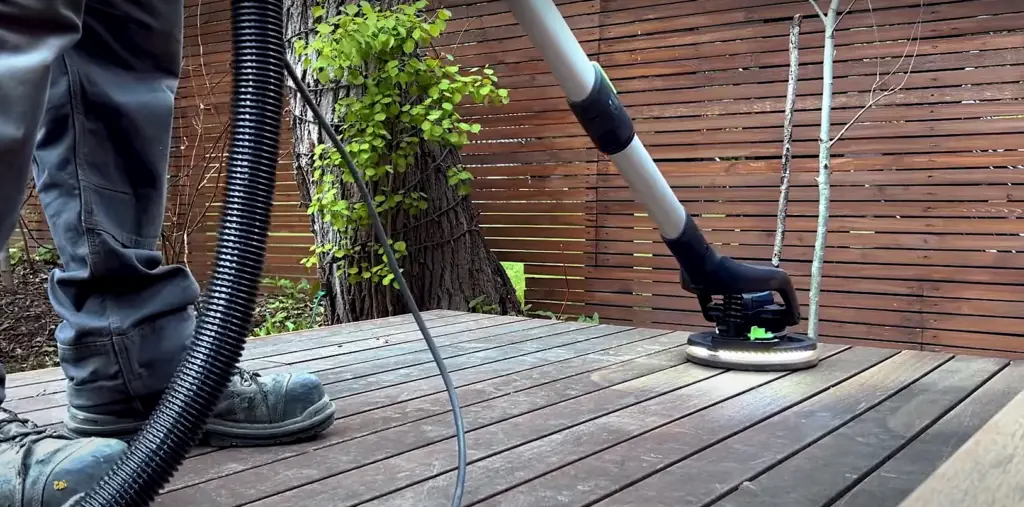
Is It Worth Sanding Hardwood Floors with Drywall Sanders?
The short answer is no. Drywall sanders do not provide a smooth finish on hardwood floors, and they can easily damage the surface with scratches or gouges. Abrasives like steel wool, which are designed for wood flooring, can be used to achieve a smoother finish and won’t cause as much dust. [1]
FAQ
Can I use an orbital sander on hardwood floors?
No, orbital sanders are designed to work on drywall and should never be used on wood floors. Drywall sanders have a coarser texture than hardwood floor sanders and can damage the finish of your wooden flooring. In addition, they leave behind large amounts of dust which can get into cracks between boards and cause further damage.
Can I sand my floor with an orbital sander?
No, orbital sanders are not suitable for sanding hardwood floors. As mentioned above, they are designed to work on drywall and can easily damage the finish of wooden flooring. If you need to sand your hardwood floors, then you should use a purpose-made hardwood floor sander which is specifically designed to safely remove surface material.
What should you not do when sanding floors?
When sanding hardwood floors, it is important to avoid excessive pressure since this can result in deep gouges and scratches. It is also important to change your sandpaper regularly for best results. In addition, you should never use a vacuum cleaner on floors while they are being sanded as this can cause swirl marks which will be difficult to remove. Finally, make sure to wear protective gear such as a respirator or dust mask when sanding hardwood floors.
Is it bad to sand hardwood floors?
No, sanding hardwood floors can be a great way to restore their original beauty and extend their life. However, it is important to make sure that you are using the right type of sander as well as following the correct safety precautions for best results. With the right care and attention, your wooden floors will look beautiful for many years to come.
What is the golden rule of sanding?
The golden rule of sanding is to always sand in the same direction as the grain. Sanding against the grain can cause unevenness and damage your floors. It is also important to use a finer grit size on subsequent passes for best results. Lastly, make sure to use a cleaner designed specifically for hardwood floors after you have finished sand.
What is the best way to sand floors?
The best way to sand your hardwood floors is to start with a coarse-grit sandpaper and gradually work up to finer grits. Start by going in the same direction as the grain of the wood and make sure to change your sandpaper regularly. After each pass, use a vacuum cleaner designed for hardwood floors to remove debris and dust. As a final step, use a cleaner designed specifically for hardwood floors to restore the shine of your floors.
Can I sand floors myself?
Yes, it is possible to sand hardwood floors yourself. However, it is important to make sure that you are using the right type of sander and taking all necessary safety precautions. If you are unsure how to properly sand your floors, then it is best to contact a professional for assistance.
Is it better to strip or sand wood floors?
The best method for restoring your hardwood floors will depend on the condition of the flooring. If your floor is in good condition with minor scratches and stains, then sanding may be sufficient. On the other hand, if your floor is severely damaged or stained, then it may be better to strip and refinish. Ultimately, the decision will depend on the condition of your floors and the desired result.
Useful Video: Sanding a Batu Deck with Festool Planex 2 Drywall Sander! REVIEW
Conclusion
The answer to the question “Can You Use a Drywall Sander on Wood Floors?” is no. It is not advised to use a drywall sander on wood floors as it can damage the flooring and leave scratches behind. A sheet sander or orbital sander are better-suited tools for sanding wood floor surfaces.
When it comes to prepping a wood floor for refinishing, the best practice is to hire an experienced flooring professional who has the right tools and knowledge to get the job done correctly and safely. Doing so will ensure that the wood floors are properly prepared for staining or sealing and look great for years to come.
We hope this article has given you all the information you need to understand why it is not recommended to use a drywall sander on wood floors. If you have any further questions, please feel free to reach out and contact us for more information!
Thank you for reading, and good luck with your next DIY flooring project!
References
- https://www.abbeypowertools.co.uk/can-you-use-a-drywall-sander-on-wooden-floors/#
- https://housinghow.com/can-you-use-drywall-sander-on-wood-floors/
- https://sanderinspect.com/will-a-drywall-sander-work-on-hardwood-floors/
- https://handyworkshop.com/can-you-use-a-drywall-sander-on-wood-floors/






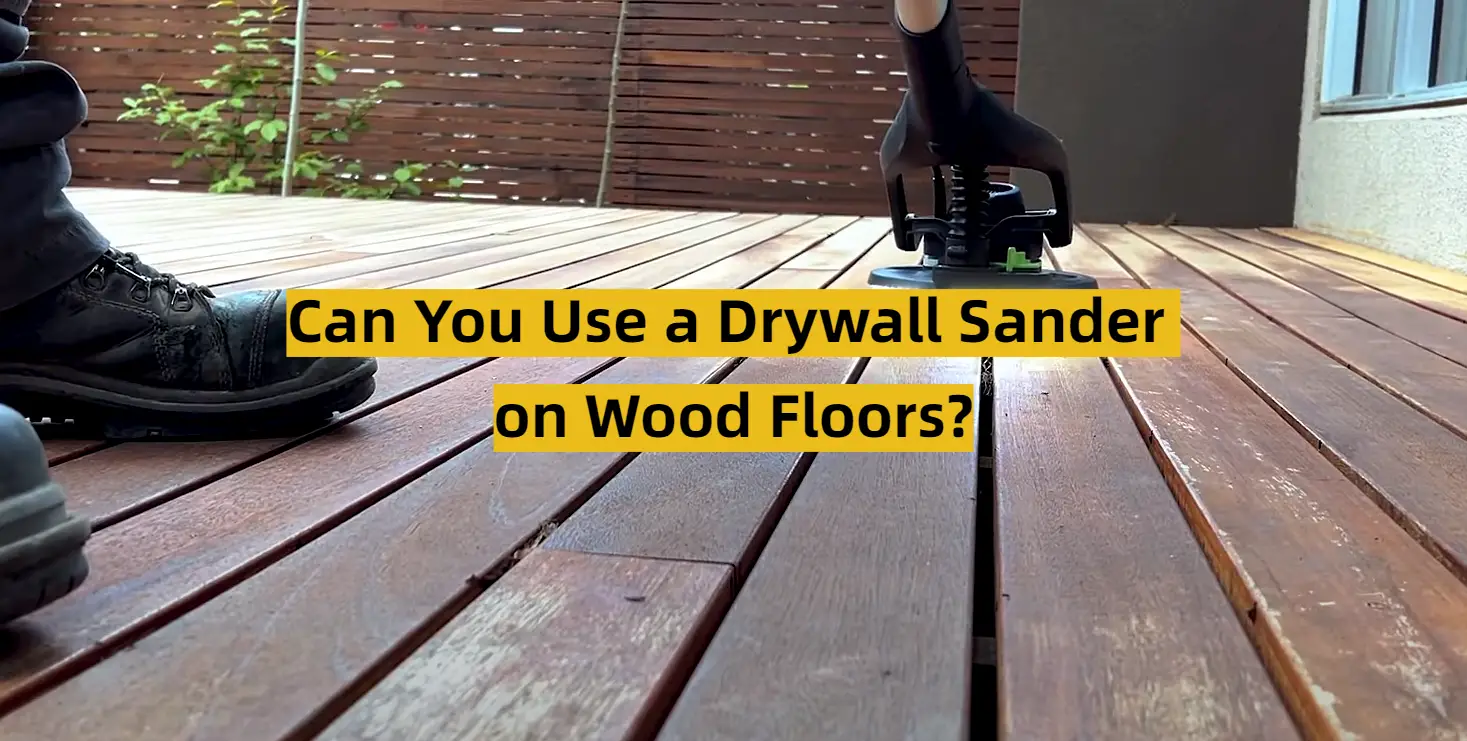




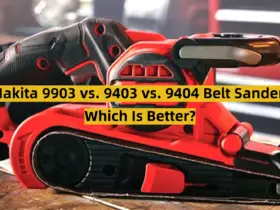

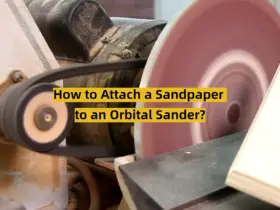
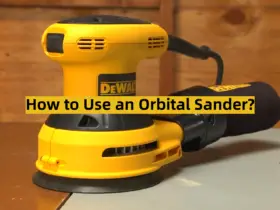
Leave a Reply